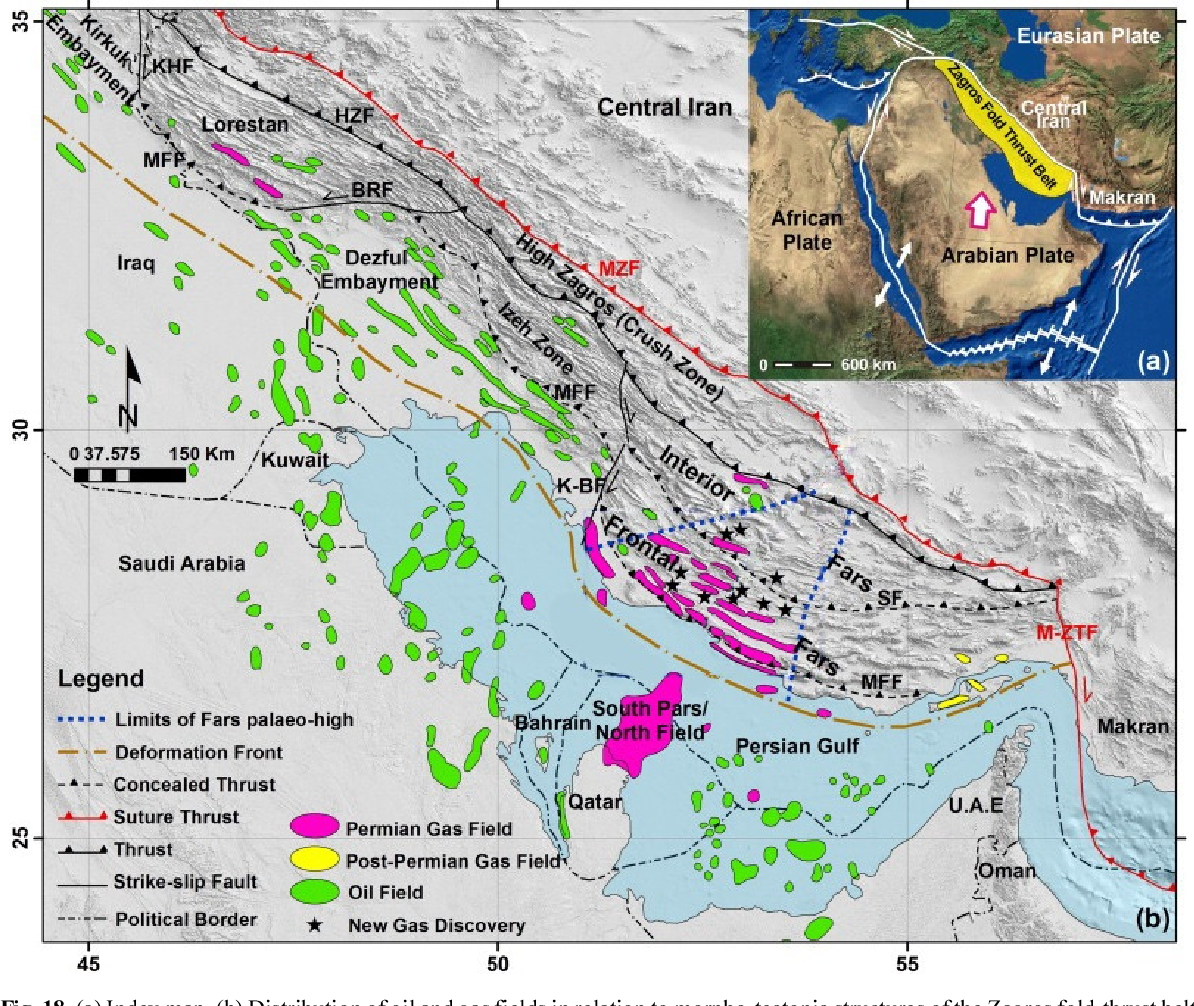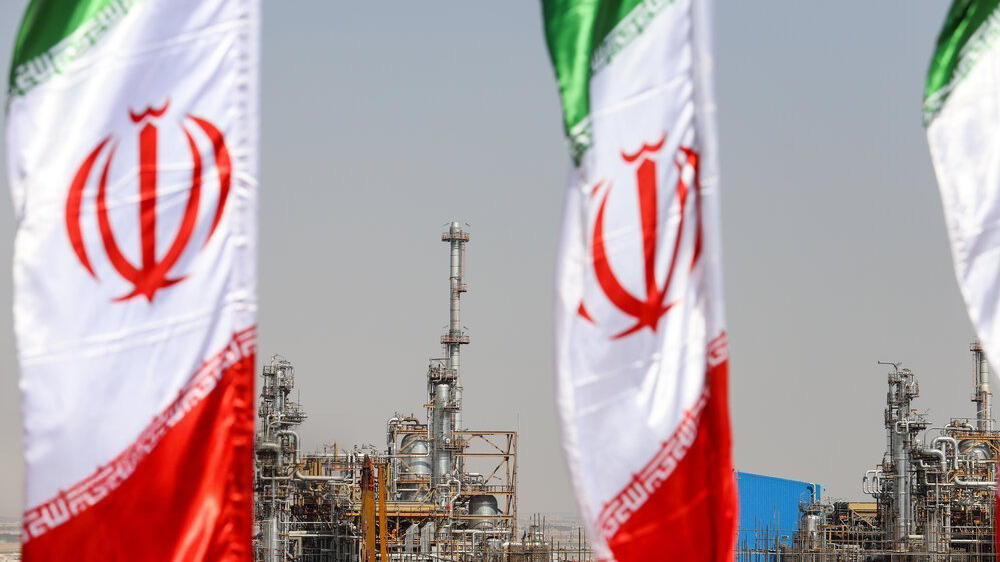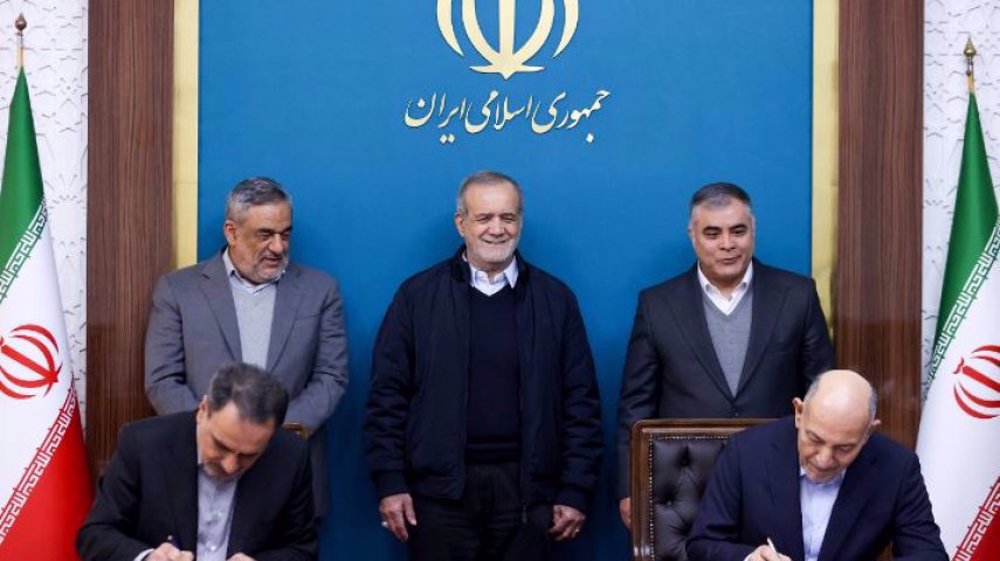Iran plans $80 billion of oil, gas investment in 10 years
Iran plans to carry out 20 oil and gas projects worth about $80 billion in a 10-year period, deputy head of investment at the National Development Fund of Iran (NDFI) has said.
Like all national wealth funds in the world, NDFI intends to invest in economic projects as an investor, Mohammad Javad Danesh said.
“We will adjust the financing models to reach $80 billion with existing resources and with the forecast of future resources,” he added.
One of the 20 mega-projects on the agenda is the development of 12 gas fields in the South Zagros region, for which NDFI has signed a memorandum of understanding with the National Iranian Oil Company (NIOC) and exploration and development companies.
South Zagros is one of the largest gas producing regions of Iran, being billed as a potential rival to South Pars. It has a production capacity of more than 220 million cubic meters of gas per day, or more than 30% of Iran’s gas equivalent to 9 phases of South Pars.
Most of Iran’s oil and gas fields lie in a belt running along its maritime boundary in the Persian Gulf and the foothills of the Zagros Mountains – an extensive folded zone which is geologically the result of the Arabian plate’s collision with the central Iranian plateau.
The collision has trapped thick layers of ancient limestone and sandstone and turned them into some of the world’s biggest oil and gas accumulations.
The Zagros basin covers more than 550,000 square kilometers, stretching from Turkey and Syria through the Iraqi Kurdistan into Iran where its sediments are ideally up to 12,000 meters thick.
Some 23 Iranian hydrocarbon fields lie in border areas and are shared between Iran and adjacent countries, including Kuwait, Iraq, Qatar, Bahrain, the UAE, Saudi Arabia and Turkmenistan.
Iran’s proven oil reserves of at least 160 billion barrels account for almost 10 percent of the world total and rank it fourth after Venezuela, Saudi Arabia and Canada. The country also sits on the world’s second largest proven gas reserves of almost 34 trillion cubic meters, or 18 percent of the global total.
Iran’s oil and gas resources are also some of the exceptionally most attractive in the world from an economic point of view. They are trapped in large, conventional reservoirs with excellent geological properties that make them highly productive at a low cost.
According to Reuters news agency, Iranian oil wells hold the world record for the highest production average of 10,000 barrels per day.
The oil, gas and petroleum sectors, however, are on the frontline of the fight against the United States’ “maximum pressure” which former US president Donald Trump primarily applied with an express aim of bringing the country’s exports down to zero.
The sanctions have spawned an inward-looking drive in Iran, especially in the oil industry, to mobilize local resources and fulfill some of the tasks which were an exclusive competence of foreign companies for decades.
VIDEO | US and Israel’s failed terrorism
After Venezuela, Trump sets sight on Cuba for 'regime change': Report
Trump’s ‘bulldozer’ diplomacy is deepening US-France rift: Analyst
Israeli bullets found in bodies of children killed in recent Iran riots: Report
South Korean civic leaders demand peace with North
VIDEO | Iran foreign-backed terrorist attacks: Italian diplomats decry US-Israel interference
VIDEO | Israel demolishes UNRWA structures in East al-Quds
VIDEO | Press TV's news headlines










 This makes it easy to access the Press TV website
This makes it easy to access the Press TV website